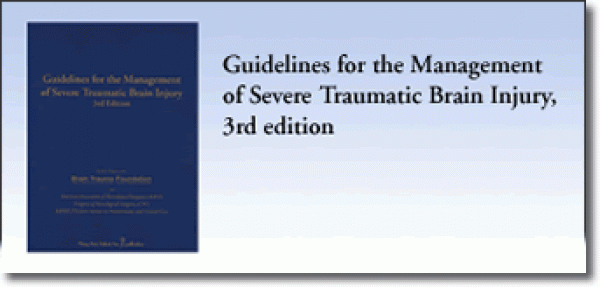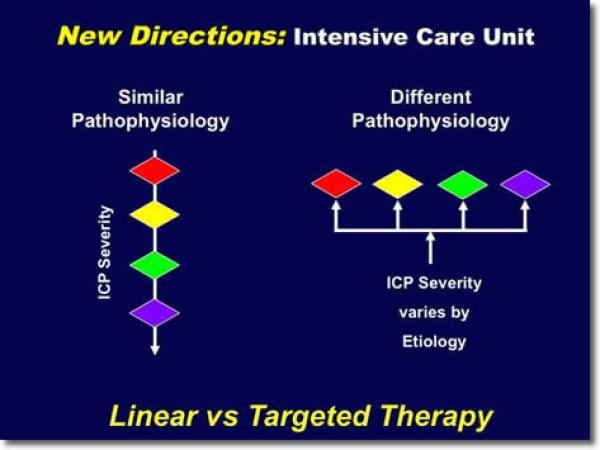The Neurotrauma program complies with The Guidelines for the Management of Severe Head Injury, A Joint Initiative of the Brain Trauma Foundation, the American Association of Neurological Surgeons and the Joint Section on Neurotrauma and Critical Care. SFGHTC/UCSF Neurosurgeons have contributed research authority to this body of evidence and were key evaluators in 1995, 1999, and 2007. Additionally, the internationally recognized research staff of the UCSF Brain and Spinal Injury Center brings cutting-edge therapies from the research bench to the clinical bedside. It is the BASIC Clinical Care Program’s ability to rapidly incorporate these therapies that set it apart from most medical and trauma centers across the country.
For further information on the guidelines visit: Brain Trauma Foundation
Uses of technology in the management of severely brain-injured patients have increased over the past decade. Implementing technology to mitigate secondary brain injury must be done with careful consideration and a team approach to achieve the greatest benefit for the patient. Technology routinely used at the bedside includes intracranial pressure monitoring, cerebral blood flow monitoring, cerebral oxygen monitoring, jugular venous saturation monitoring, sedation, and temperature monitoring. Decisions directing the patient’s clinical course are made by expert physicians, nurses and the interdisciplinary team interpreting the data obtained from this technology and crafting interventions individualized to each patient and their pattern of injury. The use of patient-specific treatment guidelines is what sets SFGH apart from most neurotrauma centers across the country.



